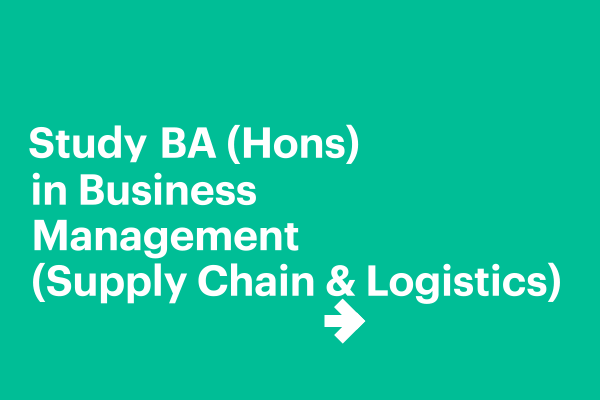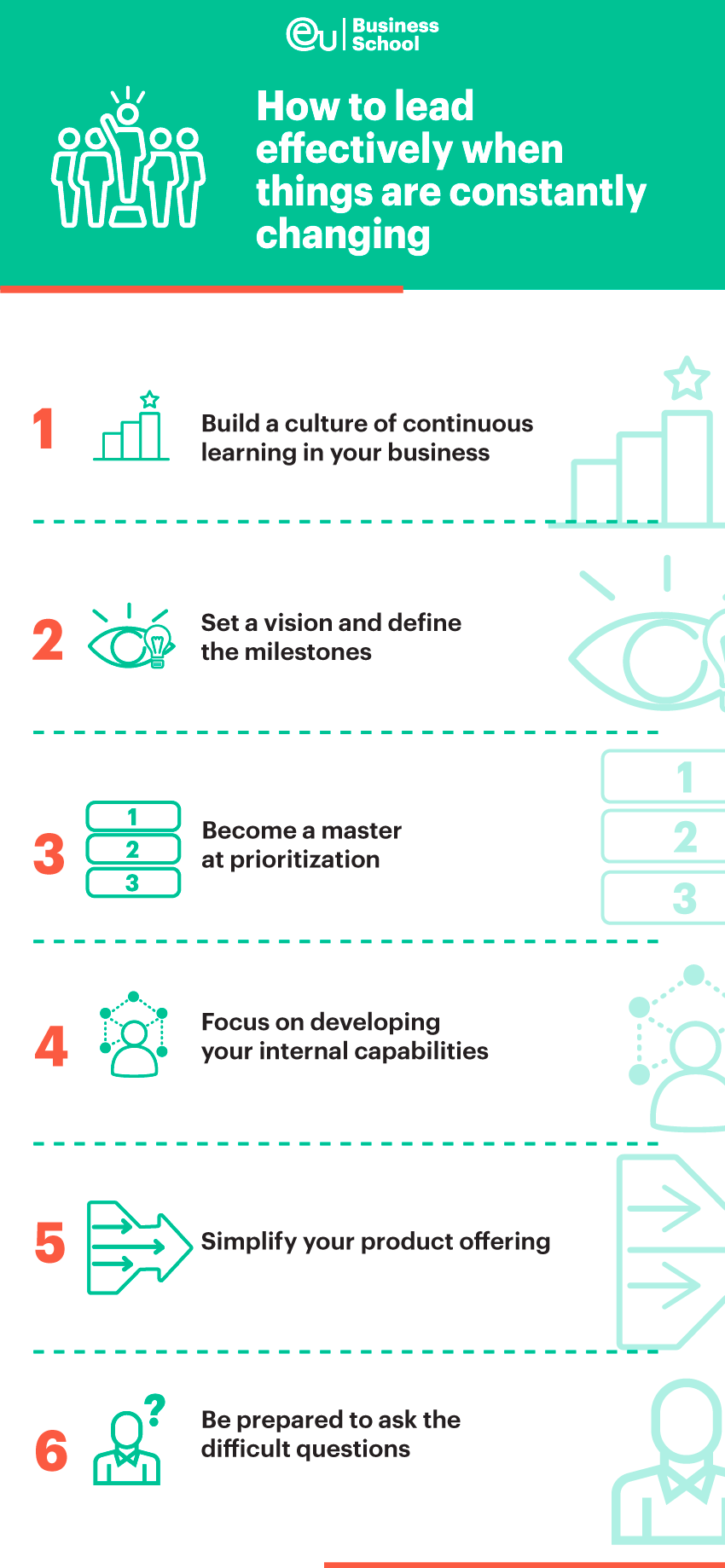The past few years have demonstrated that we can never get too comfortable with the way we operate in terms of business.
The Covid-19 pandemic and a series of global recessions have resulted in significant changes to the world. Across many aspects of our lives. Almost everyone has been put under increased pressure to adapt and overcome a variety of roadblocks.
Such situations can prove to be a considerable source of stress for business owners, who must navigate constant change in order to lead their teams towards their goals. These fluctuating times can allow a good leader to triumph, however, while a poor one makes decisions that are of no benefit to their employees.
The rate of change in the world shows no sign of slowing down any time soon – read on to see how to lead your team to success!
1. Build a culture of continuous learning into your business
As much as we can aspire to it, there is no fixed point at which our business operations will run in a wholly perfect manner.
There are always ways to improve, to meet changing demands and to face challenges. It is essential for any leader to build a culture of continuous learning within their company.
This approach focuses on the fact that solutions can rarely be implemented overnight. Your employees must be encouraged to continuously improve whilst learning how to work within changing environments.
In order to build this culture, it is important to create a welcoming atmosphere in which people feel free to ask questions, to suggest new ways of working and share any opportunities or setbacks that they may experience.
2. Set a vision and define the milestones
Having a roadmap can be a source of inspiration and motivation for both you and your employees, even if the future remains uncertain.
In your vision, you can set out the different milestones towards your end goals. This gives you a clear outline to follow. It also provides everyone in the company with a better understanding of the progress that has been made.
Likewise, having a bigger picture to focus on can ensure your mission is well-executed from the top down. This encourages conversations, and gives your employees a chance to have their say and share their ideas.
3. Become a master at prioritization
As many managers soon learn, it’s completely impossible to do everything at once. While you may have a long list of burning tasks that need to be completed, you must become adept at prioritizing your activities.
Agility is an important part of being able to properly prioritize your workload. Reorganizing different tasks according to fluctuating levels of urgency, new opportunities and unforeseen challenges is an effective way of ensuring smooth operations – it is this flexibility that sets confident leaders apart.
When you give priority to multiple tasks, you risk losing focus and may garner poor results. Bring in the rest of your team and reach an agreement together regarding which tasks require people’s attention first.


4. Focus on developing your internal capabilities
If you want your team to be agile and flexible in the face of constant change, you need to equip them with the right skills and tools.
Changes often lead to new ways of working, such as department mergers that alter the day-to-day experience of your employees.
You may have to reframe your operations, offer training, introduce new equipment or modify your business culture in order to facilitate necessary changes. Take care to ensure that any alterations made serve to empower employees and create brand growth.
5. Simplify your product offering
When a significant change strikes your business, it may be time to step back and take a holistic look at your portfolio of products and services.
It may be costly and time-consuming to offer excessive numbers of products. Instead, it can make more financial sense to sell a small number of exclusive products, rather than pushing a range of products that customers could easily obtain elsewhere.
Additionally, when splitting your attention between many different products, you may find it challenging to remain agile and flexible. Keep it simple and focus on what you can do best.


6. Be prepared to ask difficult questions
Sometimes change can be a good thing for a business, but other times it can cause issues for both you and your employees.
It is during more challenging moments that leaders must step up to the plate and act confidently and efficiently – which sometimes involves asking difficult questions.
These may be questions that no one wants to ask, such as whether you can afford to keep all your staff, do some departments need to be shut down, or is the business able to stay afloat during worst-case scenarios?
Part of being a leader means having to ask these questions and be transparent about what the answers may be, even if the news may not be what your employees want to hear.
Become a leader of change at EU Business School
Change can be tough to manage, but as a CEO or manager, it’s your job to push through and lead your team to success. If you’re able to lead effectively, you’ll be able to inspire your employees and boost your business growth.
At EU Business School, our goal is to train the next generation of effective managers, who are prepared for the challenges of ever-fluctuating work environments.
Our courses are designed to help you discover your own management style, allowing you to navigate even the most complex changes.
Take a look at our courses today.













